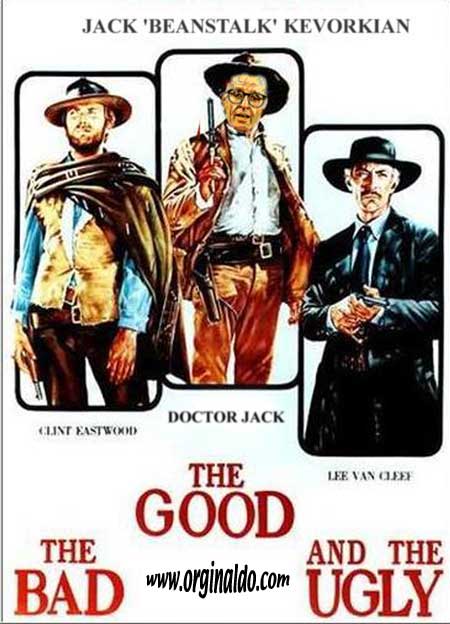Important Aspects of Cinematography
FRAMING
A key ingredient of cinematography is framing. This refers to the edges of a shot, in that framing determines both what is included and what is excluded. There is indeed a close link between framing, composition and mise en scene. Mise en scene refers to what is to be filmed and how it is arranged and therefore in effect defines what the framing will be; however, strictly speaking the framing is only realized when the shot is filmed through the camera lens.

In the Norman and Marion conevrsation scene from Alfred Hitchcock's Psycho, Hitchcock could have chosen to widen the framing so that we could se both Marion and Norman. However, this would have entailed including more height in the shot, which would perhaps have meant meaningless space and detail. The tighter framing chosen by Hitchcok means we get a mid shot of Norman's reactions as he speaks to Marion. Hitchcock nevertheless briefly gives us a long shot of both Marion and Norman at the beginning and end of the scene to provide us with a sense of spatial relationship between them.
SHOT SIZE
Shot size in turn is determined by the framing. There are many possible choices of shot but we can think in terms of five basic shot sizes with intermediate shots in between. Shot sizes can be closely tied to narrative development, notably to the progression of scenes. Typically a film, and often a scene, will begin with an extreme long shot (ELS). Just as narratives tend to begin slowly in order to acquaint us with characters and locations, so films visually use an ELS (sometimes called an establishing shot) to place things in context. An ELS allows us to see a subject in relation to her/his surroundings. Blade Runner begins with several ELSs which gradually introduce us to Los Angeles in the twenty-first century, followed by the introduction of themes and characters.

A film can begin with an extreme close up (ECU); this could be used to make us inquisitive, or it may simply be an impressive shot because of its content, but more often than not it won’t make much sense. The Good, the Bad and the Ugly (1967) famously begins with an ELS which is immediately transformed into an ECU as a character walks into shot and looks straight to camera. The shot is interesting and intriguing while also being disconcerting; however, it makes no obvious sense in the context of the film. It does not enable us to get to know the character in greater depth, which would arguably be a pointless exercise anyway as he dies a couple of minutes later. The choice of shot seems to be more to do with style and experimentation than with illustrating the narrative. Furthermore, having a character look straight to camera is usually identified as a technique of alternative cinema.A first close up is usually found some minutes into a film when we are already accustomed to characters and locations. Typically a CU will concentrate our attention on as important detail to ensure that the desired meaning is communicated, or else a CU will be used as a reaction shot to show someone’s response to an incident. It is common to find a CU of someone’s face when their expression tells us something or a CU on an object that is to have a crucial function in the film. Scream in fact begins with a potentially confusing shot, a CU of a telephone: however, we do hear a phone ringing and we don’t have to wait long for it to take on relevance. The camera tracks back to show Casey picking up the phone. These introductory shots are also soon followed by an exterior ELS (albeit a threatening one) of Casey’s home to provide us with the context.
I will continue with this topic in the next post, discussing other aspects of cinematography...
I will continue with this topic in the next post, discussing other aspects of cinematography...
No comments:
Post a Comment